Source: OneBlock Community
On May 17, 2024, the first episode of Polkadot Ecosystem Behind the Code Season 2, "Creating the Future of Web3", was officially launched. The first episode explored in depth the huge potential of Polkadot and Web3 technologies in solving digital identity, data ownership, and decentralized governance.
Breaking Tradition Reshaping the New Landscape of Identity Data
The Internet was once a promising technology, but about 20 years ago, everything changed. Our rights were taken away, and the Internet was no longer a tool to help us reach consensus, but instead put us in a cycle of endless debate.
—— Frank McCourt
Founder of Project Liberty
In today's Internet world, digital identity and data ownership have become key issues. Who owns our biological DNA and online information data? Where is this data stored? Who can use this data and for what purpose? These questions need to be solved urgently.
In the traditional Web2 era, the control of identity is completely in the hands of large companies. We rely on social media platforms such as Instagram to live and work. These platforms are not only addictive by design, but also capture our data, making us lose control of our own information.
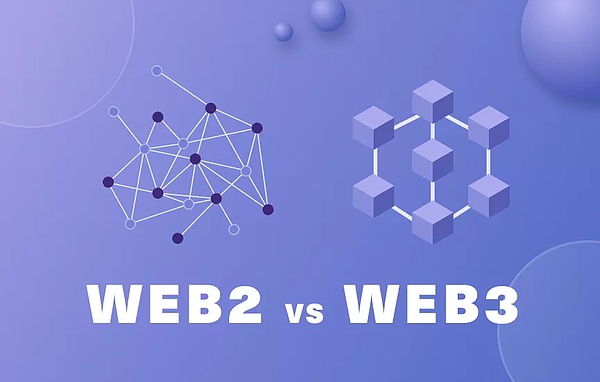
If you look at the largest tech companies in history with the highest market capitalization, they are backed by huge databases. We need technical experts to solve the problem of data accumulation, not lawyers. The vision of Web3 is to build the missing protocol layer and make it a public product to make the Internet more open and fair.
——Braxton Woodham
Co-founder of Decentralized Social Network Protocol (DSNP)
However, in the Web3 era, users will regain control of their own data. Polkadot, an important infrastructure of Web3, provides a decentralized data storage and management solution, enabling users to autonomously control their digital identity and data.
Polkadot also provides a new governance model that allows community members to directly participate in the decision-making process. Polkadot's decentralized autonomous organization (DAO) achieves true community autonomy through smart contracts and voting mechanisms. This model not only enhances the sense of participation of community members, but also improves the transparency and fairness of decision-making.
The way to achieve decentralized governance
The rise of DAO
The decentralized autonomous organization (DAO) is an important part of Web3 technology. It realizes decentralized organizational governance through blockchain technology. Unlike traditional corporate structures, DAO has no centralized management, and all decisions are made by community members through voting. As a powerful Web3 ecosystem, Polkadot has successfully built the world's largest DAO economy, allowing community members to truly participate in the governance of the platform.
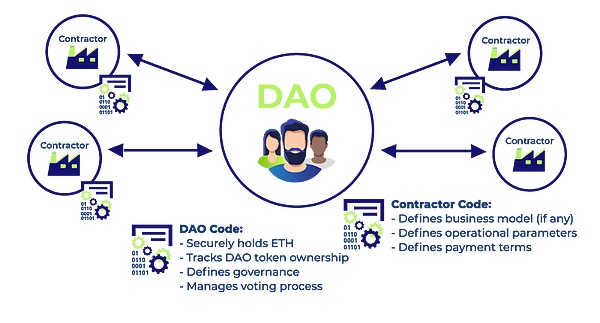
OpenGov governance mechanism
In today's world, if you are dissatisfied with an organization or company, there is little you can do. But in Web3, you have voting rights and can share governance and control. This allows us to return power to the people and ensure that every voice is heard.
——Gavin Wood|Founder of Polkadot
Polkadot adopts a multi-level governance mechanism, including the Council, the Technical Committee and the Referendum Module (OpenGov), to ensure that the development direction of the platform is jointly determined by the community. Community members can propose proposals to modify the network protocol through the referendum mechanism, and all DOT holders vote to decide whether to adopt them. The Council is elected by the community and is responsible for proposing major proposals and emergency decisions; the Technical Committee is composed of technical experts and is responsible for reviewing technical proposals. The OpenGov mechanism further optimizes the governance process and enhances the participation and decision-making power of community members through more diverse and transparent governance tools. This multi-level governance structure not only ensures the democratic and efficient decision-making process, but also ensures the transparency and fairness of the platform.
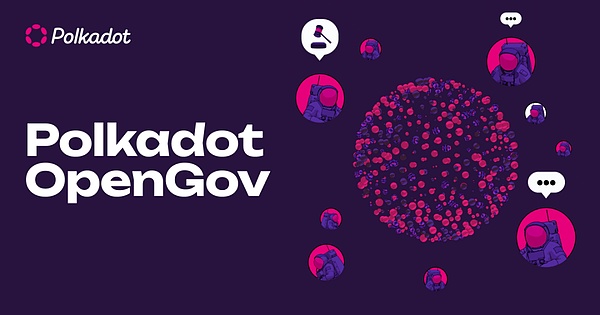
Polkadot's technical charm, advantages and innovations
Lowering the entry barrier
Polkadot is designed to lower the threshold for using blockchain technology, so that more developers and enterprises can easily get started. Its unique parallel chain architecture and cross-chain interoperability allow different blockchains to connect and collaborate seamlessly, thereby greatly improving the application breadth and practicality of blockchain technology. Through this architecture, Polkadot not only solves the scalability bottleneck of the single-chain structure, but also provides a more flexible development environment, allowing various innovative applications to be quickly implemented.
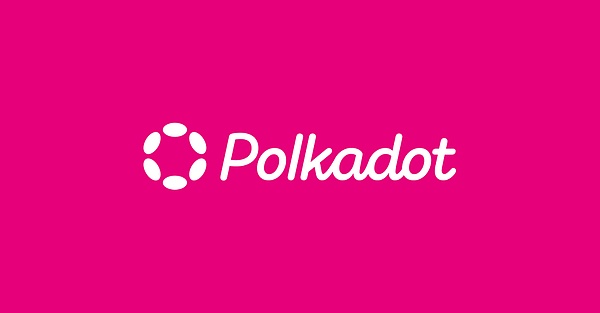
Powerful cross-chain interoperability
As an important part of Web3, the Polkadot ecosystem has many technical advantages. First, Polkadot provides a cross-chain interoperability platform that enables seamless communication and collaboration between different blockchains. This cross-chain interoperability not only enhances the application potential of blockchain technology, but also provides developers with greater flexibility and innovation space.
Through Polkadot's Cross-Chain Messaging Protocol (XCMP),parallel chains can efficiently exchange information and data without relying on centralized intermediaries. This design greatly reduces the complexity of the system and the potential risk of single point failure. At the same time, Polkadot also supports a heterogeneous multi-chain ecosystem, enabling different blockchains to share security and communication resources while maintaining their own uniqueness.
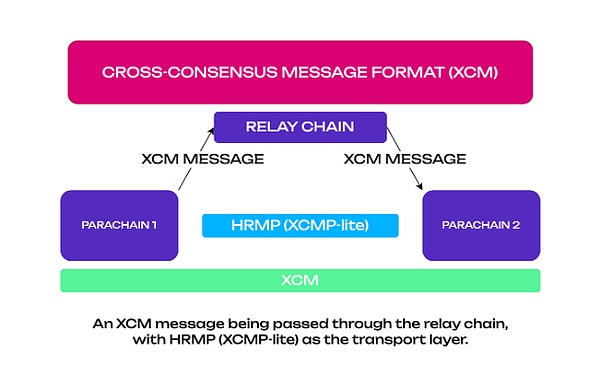
Scalability of Parallel Chain Architecture
Polkadot's parallel chain architecture greatly improves the scalability of the network. Traditional blockchain networks usually have scalability bottlenecks, but Polkadot introduces the parallel chain mechanism, which enables multiple chains to process transactions simultaneously, thereby significantly improving the network's processing power and efficiency.
Parallel chains can not only run independently, but also interoperate and share security through Polkadot's relay chain. This means that each parachain can be optimized and expanded according to its own needs without being affected by other chains. This architectural design enables Polkadot to support a variety of blockchain applications, including decentralized finance (DeFi), supply chain management, the Internet of Things (IoT), and more.
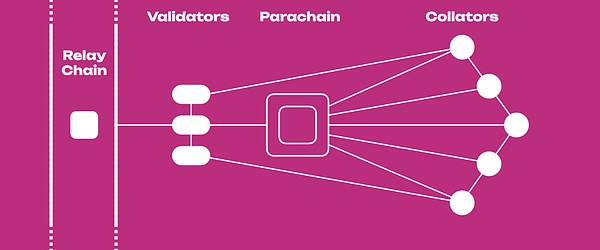
Comprehensive development tools
Polkadot is more future-proof than any other Web3 technology stack I've encountered. If you choose to build on Ethereum, Cosmos, or Avalanche, you've actually limited yourself to somewhere. But building on Polkadot, we can basically build the development of the next generation of Internet technology anywhere in the world.
——Dakota Barnett|Founder of InvArch
Polkadot provides comprehensive development tools and resources to help developers quickly build and deploy blockchain applications. Through Polkadot's Substrate development framework, developers can easily implement complex smart contracts, decentralized applications, and cross-chain solutions. Substrate allows developers to flexibly define various aspects of the blockchain, including consensus mechanisms, network protocols, and state transition functions.
In addition, Polkadot also provides rich documentation and community support to help developers solve various problems during the development process. Whether you are a beginner or an experienced developer, you can find the tools and resources that suit you through the Polkadot ecosystem to accelerate the development and launch of your project.
Security and performance guarantee
JAM Protocol has demonstrated to the world its advancement beyond traditional technologies. It aims to build a scalable world computer capable of processing global transaction data. Its performance is expected to be more than 10,000 times the theoretical capacity. It is expected to process at least 15 billion gas per second, so that any currently imaginable blockchain applications and programs can be written in conventional programming languages such as C++ and easily deployed on the blockchain.
——Gavin Wood|Polkadot founder
Polkadot 2.0 introduces the revolutionary JAM chain, replacing the existing relay chain, providing multi-core computing capabilities and smart contract construction, significantly improving the security and performance of the network. JAM Chain is not only a software, but also a protocol. Through this protocol, Polkadot advances the original concept of "world computer" and builds a unified and scalable computer system that can handle large amounts of transaction data worldwide. JAM Chain is designed to be 10,000 times the performance of Ethereum, and conservatively estimates that it can process about 150 billion gas per second. This makes data-intensive or computationally intensive applications that many existing blockchains cannot handle feasible. Compared with the traditional relay chain architecture, JAM Chain introduces a stateless decentralized computing model, all operations do not require permission, and after an initial optimization process, the computing efficiency is greatly improved. The Polkadot shared security model ensures unified security for the entire network without the need for each chain to maintain its own security mechanism separately. This not only improves the overall security of the system, but also reduces development and maintenance costs. Through these innovations, JAM Chain makes Polkadot an ideal platform for building large-scale applications, while providing higher processing speeds and lower transaction fees.
Learn more about JAM:
Deeply integrating smart contracts and Polkadot parallel chains, how does JAM lead Polkadot2.0
How can the super-potential JAM chain surpass the relay chain and lead the new direction of Polkadot 2.0?
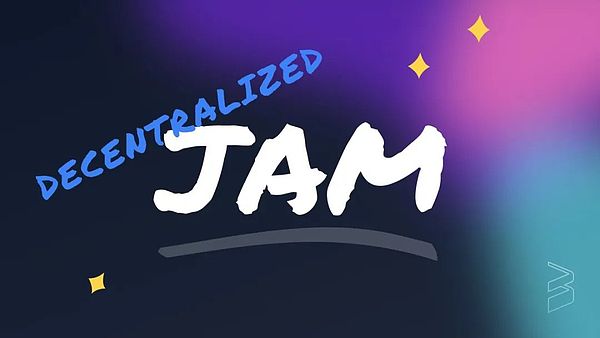
Conclusion
Blockchain technology remains a technology of fundamental significance in social development. It is a paradigm shift for mankind. In my opinion, it is as important as fire, wheels, language, printing, silicon chips and even artificial intelligence. Web3 will support the realization of this vision.
—— Dr. Gavin Wood | Founder of Polkadot
The Web3 era is accelerating, and Polkadot, as a pioneer of this change, is leading this revolution through technological innovation and ecosystem construction. The autonomy of digital identity, the realization of decentralized governance, new business models, and the distribution of fair opportunities are all huge changes brought about by Web3. In this process, Polkadot is building a better future for us through its unique technological advantages and open ecosystem. Let us look forward to and participate in this historic change and create the future of Web3 together.
 JinseFinance
JinseFinance










